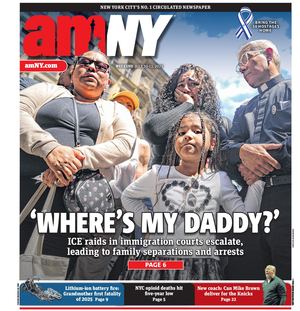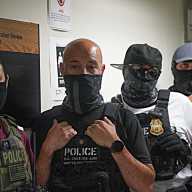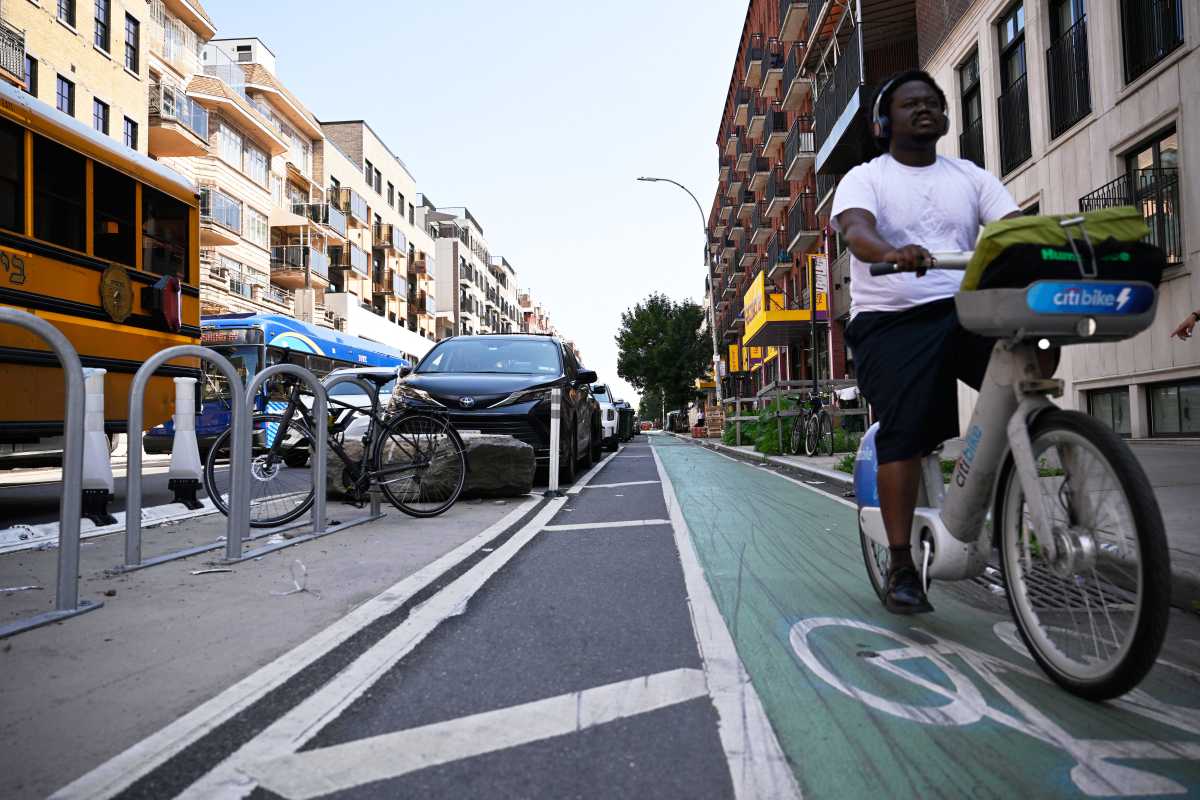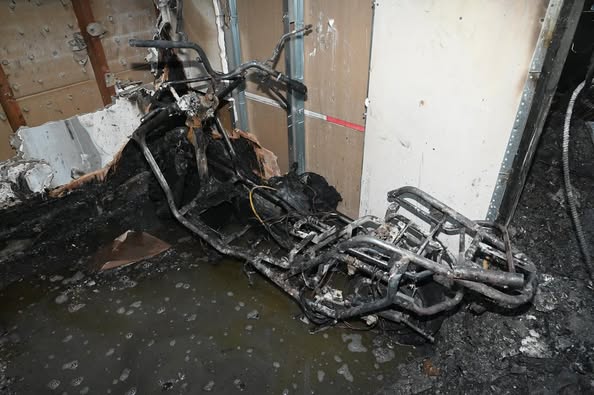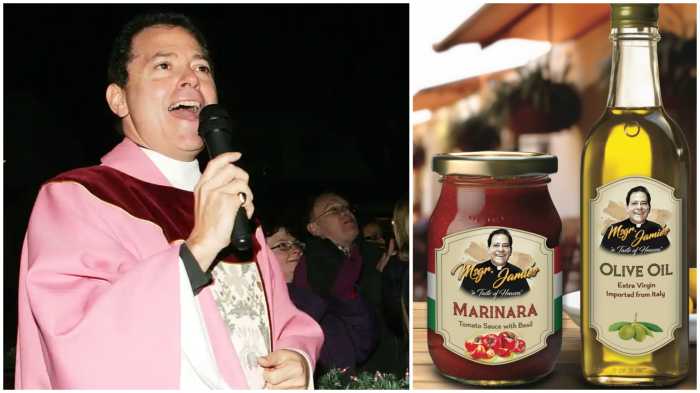By Keith Crandell
Trivia question for New York City history buffs: Name the Swedish immigrant for whom one of the city’s major rivers is named. As well as the city’s first limited-access parkway. Several of the most notorious bombers (as in Babe, Mickey, Lou and Reggie) in modern history. The city’s most-hated expressway. A world-class zoo. Surely you have it!
Jonas Bronck, of course.
This writer happens to be prone to the Bronx. My earliest memories are of the Bronx, where my family lived right across the New York Central tracks from the New York Botanical Garden. (Doesn’t everyone have a lovely botanical garden right across the railroad tracks?)
In recent months, since I’ve been crippled, I’ve returned to the Bronx several times by bus. My visits to my old home borough have led to explorations of the rest of this amazing city. Again, by bus.
Some weeks ago, city buses took me from Lower Manhattan to Coney Island, where I hadn’t visited in years. More recently I explored Queens, touring the Jamaica Bay Wildlife Refuge for the first time. The Q53 bus took me direct to the entrance.
In toto, the city bus system is a remarkable municipal asset. Using it to travel around the boroughs has given me an enthralling new perspective on our city.
It isn’t so much that I’ve visited Coney Island or Yankee Stadium or the Botanical Garden or the Jamaica Bay Wildlife Refuge. Visiting these treasured places is exciting, of course. But what is really important is seeing the neighborhoods along the way — seeing the real city. You don’t see the real city from the subway. Nor do you see it from an automobile that tends to speed along the Major Deegan or the Belt or the F.D.R. The city buses tend to go along streets where New Yorkers live and shop and work.
In August, for example, my wife, Annie, took a day off from painting so we could bus our way to the most distant reaches of the Bronx, to the point on 263rd St. where the sign says “Welcome to Yonkers.” Along the way, I came to realize the way the physical structure of the land has shaped the city. We traveled from Morningside Heights to Hamilton Heights to Washington Heights. The ridgeline of Upper Manhattan has over the years divided race and class.
As we moved into Washington Heights, I became aware as never before of the size of the Dominican community. We changed buses at 178th St. and stopped for lunch at El Floridita, a small Dominican restaurant on Broadway, across 177th St. from St. Jesus Pharmacy. The El Floridita wait staff was tolerant of our limitations in Spanish and brought us two ham sandwiches on good Dominican bread and two papaya smoothies. We came away feeling well fed and well cared for.
Moving north, we passed the last remaining farmhouse in Manhattan, the Dyckman House at 204th St., and then crossed the Harlem River by way of the little Broadway Bridge from Inwood to Marble Hill. Most of our time in the Bronx was in the determinedly upper-middle-class Riverdale community,
The point is that you can get around easily (usually) by bus. My longest trip thus far was the one to Coney Island. I left from Allen and Delancey Sts., crossed via the Williamsburg Bridge (great morning view), and rode through Clinton Hill and Fort Greene (prosperous-looking neighborhoods with many African Americans). I paused to see friends in Prospect Heights, then headed south on Coney Island Ave. through pleasant Ditmas Park, Flatbush, Midwood and on to Coney Island via Brighton Beach.
I piloted my wheelchair along the boardwalk, bought a frank and soda pop at Nathan’s, joined fellow fans on the boardwalk listening to the Yankee game, rolled out on a fishing pier crowded with trolling anglers and stopped by KeySpan Park, which has brought professional, albeit minor league, baseball back to Brooklyn.
I urge friends to visit the Jamaica Bay Wildlife Refuge. It is difficult to believe that you are in New York City. Or in any city. Once you get off the bus and pass through the reception building, you are awash in nature. You are surrounded by towering bulrushes. You’ll see egrets, swans and a wide variety of ducks. Jamaica Bay Refuge is cited by Birders World magazine as one of the top 15 bird-watching sites in the U.S., with some 320 species.
Alas, if you happen to be in a wheelchair, bus transportation is awful. Within the refuge, all is wonderful. The gravel pathway is splendid. The staff is wonderfully knowledgeable and courteous. But when I wheel out on Cross Bay Boulevard to get a bus back into downtown Queens, disaster strikes. Understand that in Queens, buses are operated by private companies. I waited near the refuge for a bus. There was no building in sight. A Triboro Coach bus rolled up. The wheelchair lift didn’t work. The driver was apologetic and called back to the office to let them know I was here. Second bus: No luck. Third bus: No luck. I refused to let the bus move without me.
A fourth bus pulled up — a competitor called Green Lines. The driver said he could take me but that he didn’t go exactly where I wanted to. The hell with it; I was grateful to be headed in the general direction of civilization. As we progressed through a succession of bus changes to get back to Manhattan, I encountered more buses without functioning lifts. My trip back to Manhattan took an extra hour and a half.
I am furious at all of Queens, the New York City Department of Transportation, the Borough President of Queens and the crummy bus companies who are franchised to treat passengers so shabbily. But don’t get me wrong. It is still a hell of a city.
In the Bronx, in Brooklyn, in Manhattan I’ll be taking the bus practically everywhere. I’ll let you know about Staten Island.
